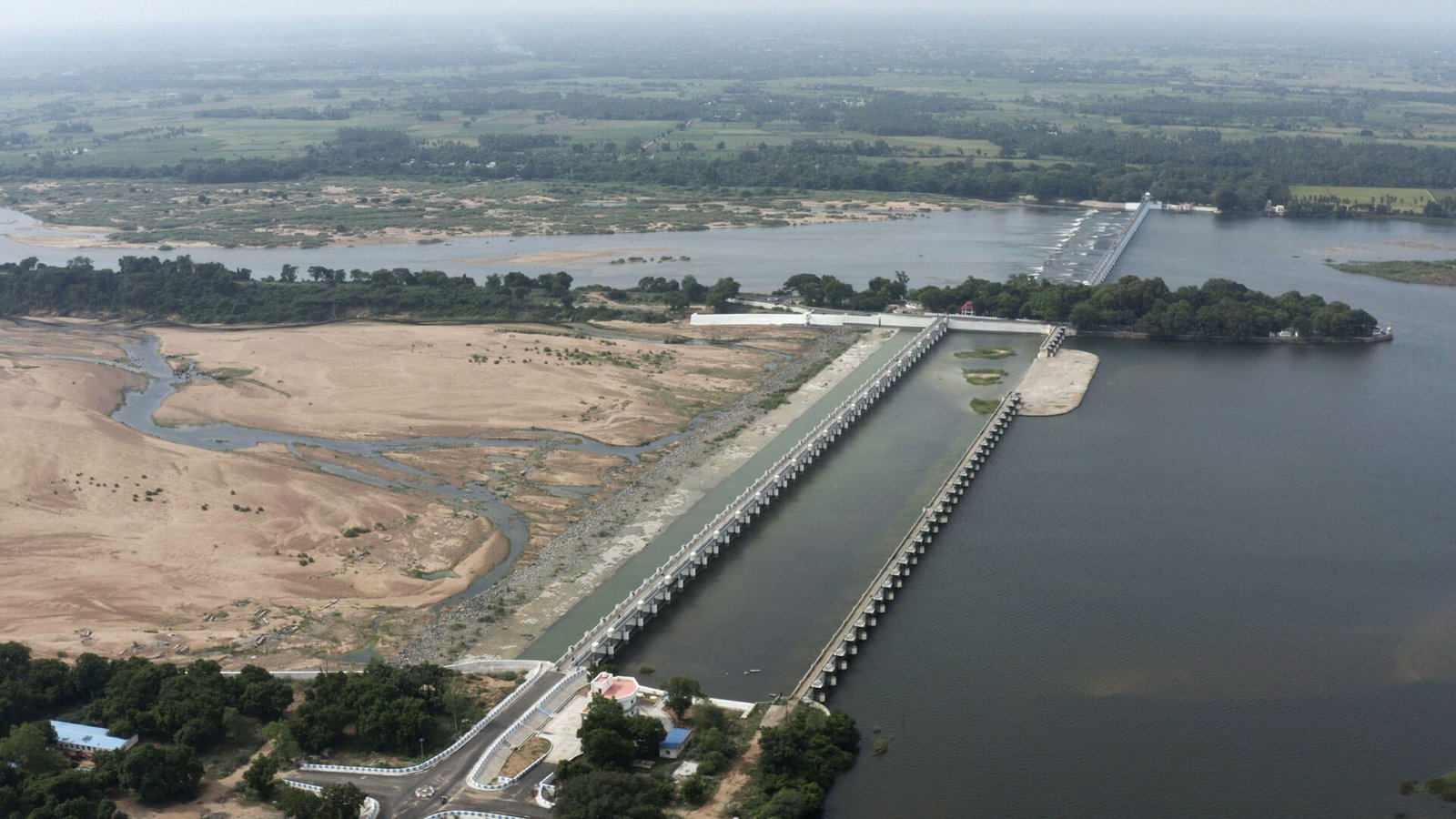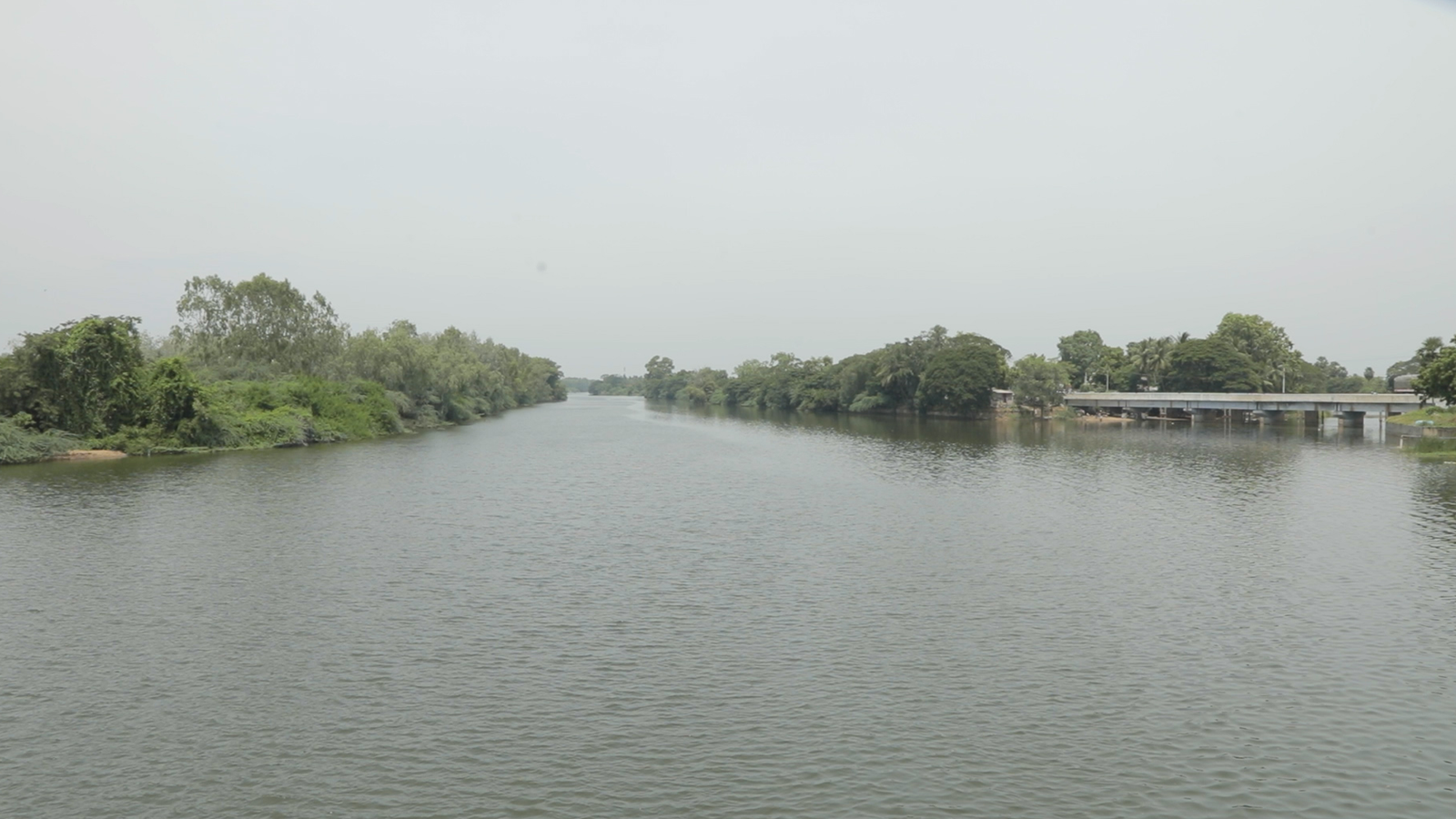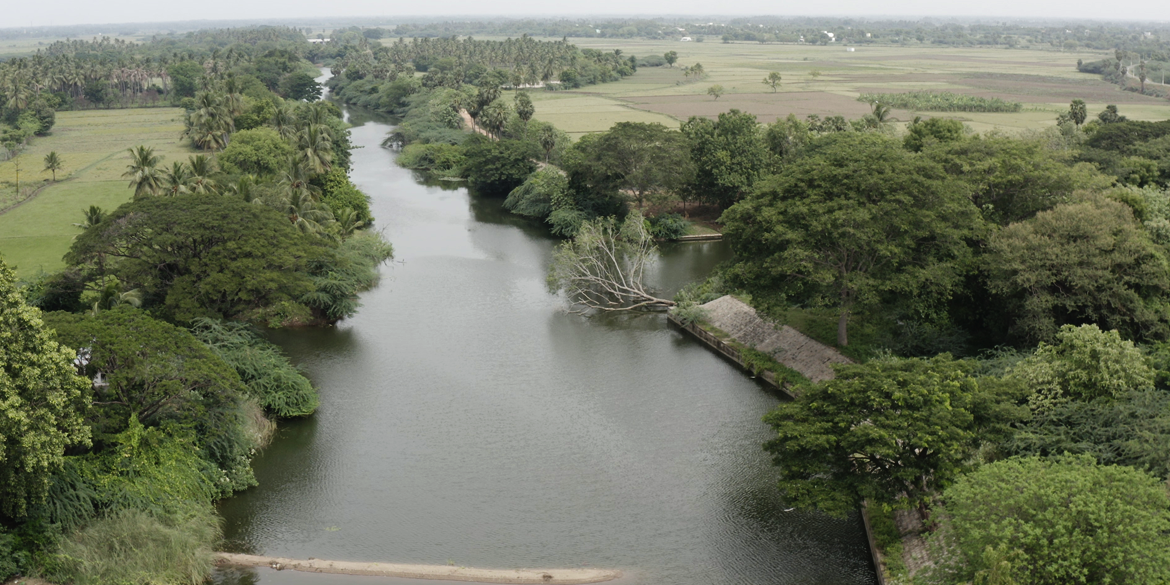The Climate Crisis Has a Rural Epicenter
Thiruthiyamalai is Not Just Dry—It’s a Climate Story Waiting to Be Heard.
In many parts of the world, climate change is still a topic of discussion.
In Thiruthiyamalai, it is a daily reality.
It doesn’t arrive as headlines—it echoes through dry wells,
weighs heavy in the silence of failed crops, and is etched in the footsteps of children leaving—not to chase dreams, but because the land they inherited has nothing left to offer.
This is not just an environmental issue. This is climate breakdown, seen through the eyes of the rural poor.
The Reality Beneath Our Feet
When the Green Miles project began, we commissioned detailed hydrological, agricultural, and climate diagnostics.
What we found:
- Usable rainfall had fallen to below 298mm/year.
- Groundwater recharge was under 10% efficiency, with rapid depletion.
- Crop failure rates reached nearly 80% in some years.
- Average temperatures had risen over 2.1°C across peak seasons.
- Youth migration surged by 50% over five years, due to farm abandonment.
- Climate collapse was not coming. It had already arrived.
The Green Miles Climate Blueprint
Instead of “climate proofing” as a theoretical term, we designed a practical, nature-based, village-led solution:
- Water-Positive Infrastructure
We channel water from the Cauvery River via a 12.619 km pipeline, recharging a 70-hectare ancestral lake. This restores over 100 dry wells and initiates subsurface recharge across 500+ hectares of land.
Outcome: A village no longer waits for rain. It builds its own monsoon.

- Climate-Resilient Farming
Rather than returning to water-thirsty, input-heavy crops, we shall introduce drought-tolerant, climate-smart agriculture. Aloe vera, millets, ragi, and legumes—all native, hardy, and regenerative—now form the backbone of revived farming.
Outcome: A climate resilient field that survives heat, stores carbon, and feeds families.

- Circular Agro Economy
Crops are not just grown they will be nurtured. Aloe vera will be processed into gel, soaps, and oils in decentralized units. Seeds will be banked and redistributed. Agricultural waste to be used as compost or biogas. Markets to be created in the village not beyond it.
Outcome: Higher income per acre | Local employment

- Microclimate Regeneration
Reviving a lake doesn’t just restore water—it rewires the climate around it. By increasing soil moisture, reflectivity, and vegetation cover, Green Miles transforms barren land into climate-responsive ecosystems. These shifts help the village capture rain more effectively, cool the landscape, and build resilience against extreme weather.
Outcome: Improved monsoon capture, extended growing seasons, and reduced heat stress on both land and livelihoods within a 5–7 km radius.

Why This Model Will Work
Unlike distant policies or megaprojects, Green Miles brings climate action to the roots:
- It is resource-conscious, yet systems-intelligent
- It empowers farmers as innovators, not victims
- It treats land and people as interdependent, not extractive assets
- It is measurable, replicable, and scalable across hundreds of rural districts
Rural Climate Action is National Climate Security
If India’s 600,000+ villages do not transition to resilient water and food systems, our carbon budgets, food security, and economic equity will collapse together. Thiruthiyamalai is a blueprint. A testbed. A proof-of-concept for climate revival at the margins.
And like every climate success—it begins below the surface.
Learn. Share. Replicate.

